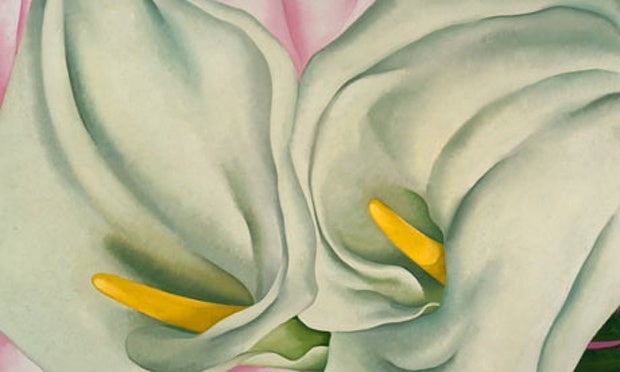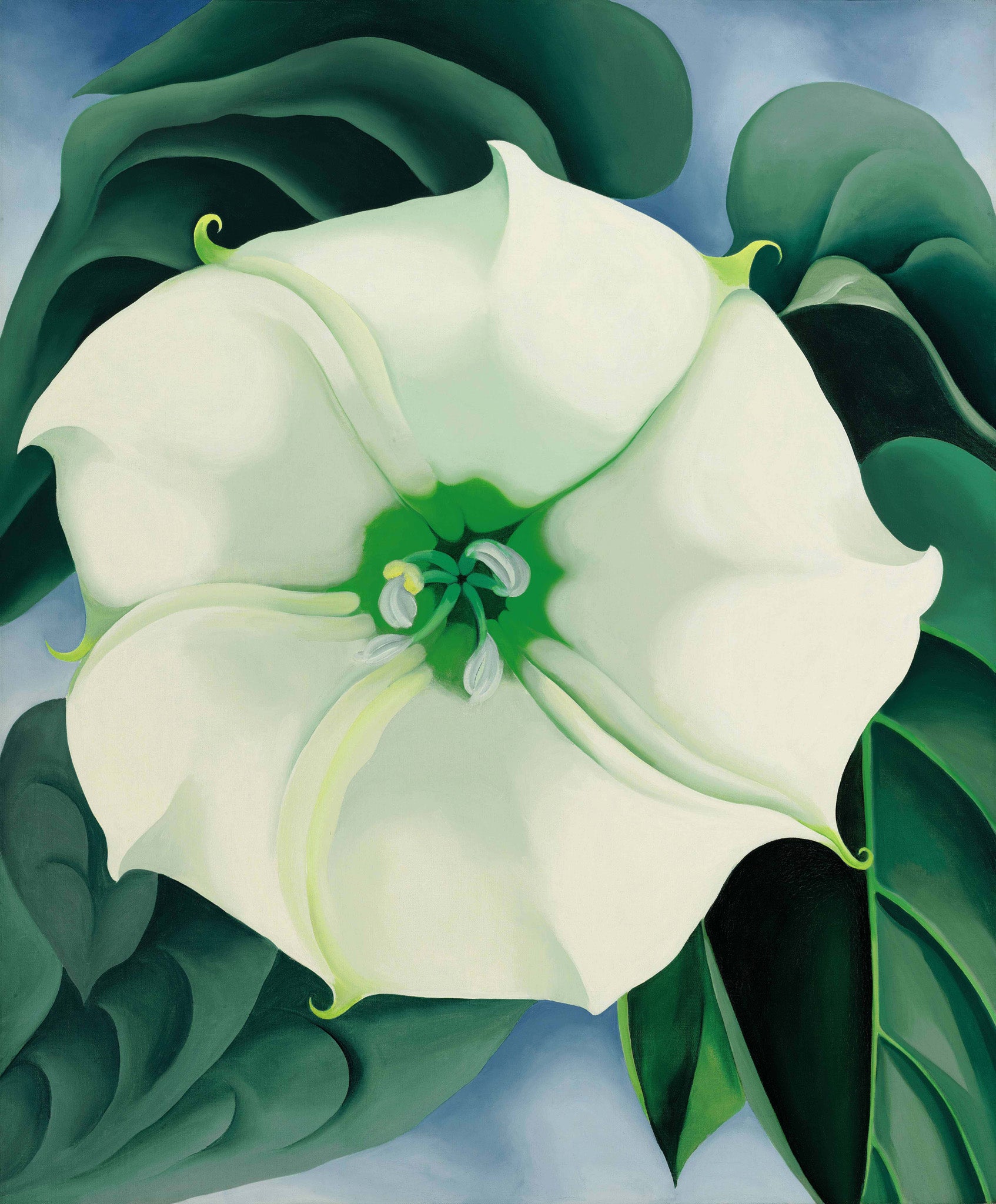Georgia O'Keeffe at Tate Modern: Exhibition to challenge 'gendered and outdated' readings of flowers as vaginas
Photographer Alfred Stieglitz first put forward the theory that the bold paintings depicted female genitalia in 1919

Georgia O’Keeffe will be the subject of a major Tate Modern retrospective set to challenge “gendered and outdated” readings that her flower paintings depict vaginas.
Set to open in July, the exhibition will be UK’s largest yet of the US artist. More than 100 artworks will be displayed, many of which have largely stayed in America since her death in 1986. Among them will be her 1932 painting “Jimson Weed/White Flower No 1”, bought for $44.4 million in 2014 and currently the most expensive artwork sold at auction by a female artist.
Readings of O’Keeffe’s work as studies of female genitalia are not questioned as much as they should be, especially considering her hugely celebrated status as the “mother of American modernism”.

O’Keeffe spent six decades strongly denying any sexual slant to her oil paintings, which largely consist of beautifully detailed, colourful flowers. She began moving away from abstract art in the Twenties in a bid to deter male critics from Freudian interpretations, but leading feminist artists began to see her work similarly in the Seventies, hailing her as the master of “female iconography” and empowerment. Again, O’Keeffe rejected such readings and turned down requests to collaborate on feminist projects.
Finally, the upcoming show will offer “multiple readings” of her prolific repertoire in line with her wishes. Aches Borchardt-Hume, director of exhibitions at the Tate Modern, bemoans how O’Keeffe has been “very much reduced to one particularly body of work, which tends to be read in one particularly way”.
“Many of the white male artists across the 20th century have the privilege of being read on multiple levels while others, be they women or artists from other parts of the world, tend to be reduced to one conservative reading,” he told the Guardian. “It’s high time that galleries and museums challenge this.”
Curator Tanya Barson hopes the exhibition will steer art lovers away from the “cliched, gendered and outdated” theories about O’Keeffe’s paintings that were first suggested by Alfred Stieglitz, her promotional photographer turned husband, in 1919.
The retrospective will also draw attention to O’Keeffe’s early charcoals, New Mexican landscapes and river paintings.
O’Keeffe said in 1922: “It is only by selection, by elimination and by emphasis that we get at the real meaning of things.” Yet nearly a century later, the “real meaning” of her paintings is still not understood.
The Georgia O’Keeffe exhibition opens at Tate Modern on 6 July and runs until 30 October. Adults pay £19 with concessions costing £17. Under 12s go free.
Join our commenting forum
Join thought-provoking conversations, follow other Independent readers and see their replies
Comments